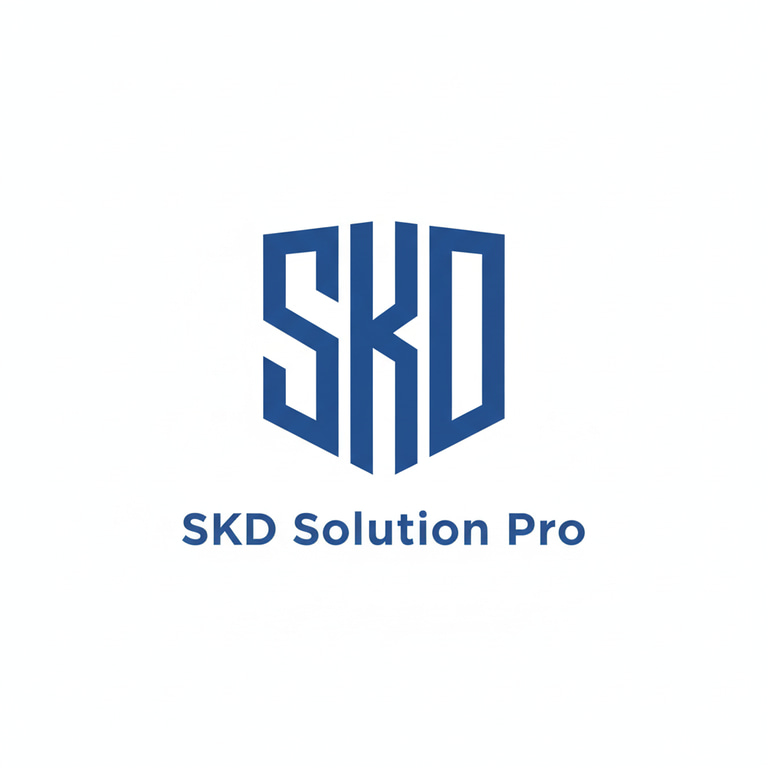Email: sales@skdsolutionpro.com Whatsapp:+86 137 0254 8692
Tariff Optimization Strategies: Maximize Profit on SKD Imports in High-Duty Markets
The High-Duty Hurdle For TV and commercial display brands targeting high-duty markets like India, Brazil, or Turkey, soaring import tariffs are the single biggest threat to profitability. Simply importing a finished product (CBU) or even a fully knocked-down kit (CKD) can severely limit your market competitiveness.
SKD SOLUTION PRO
11/14/20251 min read
Introduction: The High-Duty Hurdle
For TV and commercial display brands targeting high-duty markets like India, Brazil, or Turkey, soaring import tariffs are the single biggest threat to profitability. Simply importing a finished product (CBU) or even a fully knocked-down kit (CKD) can severely limit your market competitiveness.
Understanding the Core Problem
Many brands miss out on potential savings because they treat SKD kits as simple component lists. However, a tariff-optimized SKD kit is a legal instrument. Tariffs are often categorized based on the level of assembly and the value of the parts being imported. By carefully choosing which components are imported and which are sourced locally or assembled in-market, you can leverage lower duty rates assigned to component parts versus finished goods.
Strategy 1: The 'Semi-Knocked Down' Advantage
SKD solutions (such as our Type II or Type III kits) are designed to satisfy local content and assembly regulations that trigger lower tariff brackets.
Actionable Tip: Focus on importing the highest-value, high-tech components (like licensed chipsets and mainboards) in a less-assembled state. Importing these parts separately or less assembled often falls under a more favorable duty code than importing a pre-assembled mainboard unit.
Strategy 2: Localization and Compliance
Tariff benefits are often conditional on local value addition. Your strategy must be integrated with local compliance requirements.
Example (India): India's BIS (Bureau of Indian Standards) certification and local content rules heavily influence duty rates. A supplier like SKD Solution Pro ensures your kit structure is not only tariff-friendly but also compliance-ready, preventing costly delays and penalties at customs.
Strategy 3: Strategic Component Separation (The Banned Item Filter)
Some markets impose outright bans or prohibitively high tariffs on specific finished components.
Actionable Tip: Your supplier must act as a filter. We strategically separate these high-risk, high-duty components from the main SKD kit and ship them under separate, compliant classifications, or advise you to source them locally. This unbundles the duty risk, maximizing savings on the vast majority of the kit value.
Conclusion: Partnering for Profit
Tariff optimization is not a one-time fix; it's a dynamic, compliance-driven supply chain strategy. Without specialized expertise, brands often pay unnecessary duties, eroding their margins.
SKD Solution Pro specializes in engineering SKD kits that are legally optimized for your target market's duty structure, ensuring you get the maximum profit advantage.
SKD Solution Pro
Your trusted partner for tariff-optimized TV and Digital Signage SKD solutions in high-duty markets.
+86 137 0254 8692
© 2025. All rights reserved.
